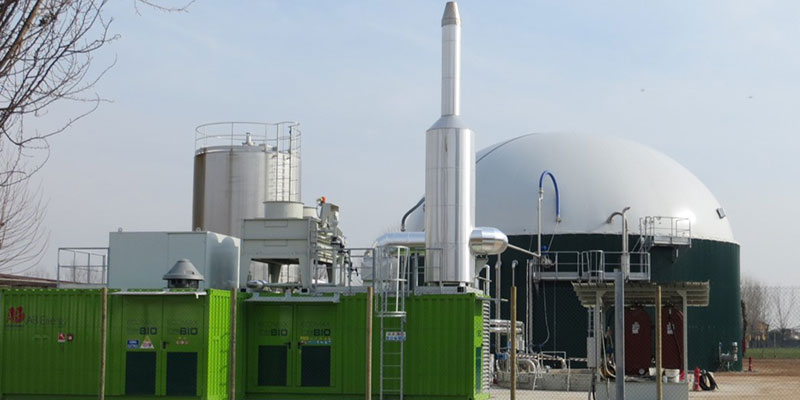
Provisions of the 2022 Inflation Reduction Act can help remove a barrier to the use of anaerobic digestion across America.
Legislation has potential to boost biogas use across the US
When anaerobic digestion is used to process wastewater with a high organic load, it produces energy in the form of biogas, a combination of methane, carbon dioxide, and other gases. In the United States, there is huge potential for expansion in anaerobic digestion, but even though the energy produced can more than pay for the treatment, the capital outlay needed to get started is often a stumbling block. However, tax incentives that promote the use of renewable energy can help address these challenges.
The Inflation Reduction Act of 2022 (IRA) offers a broad range of incentives to encourage the transition to renewable energy. It also extends the range of renewable energy tax credits to include non-electricity generating biogas production and other renewable natural gas, renewable heat, and renewable energy projects.
Biogas Production Potential in the US
In biogas production, the U.S. is lagging behind Europe, which has approximately 17,500 anaerobic digesters. Germany leads the field with more than 9,350 alone. Because the U.S. currently has just over 2,300 biodigesters, there is a huge potential for growth.
The American Biogas Council has identified more than 15,000 sites across the U.S. where anaerobic digesters could be employed to produce biogas from waste. These sites include farms, wastewater treatment facilities, food waste processors, and landfills.
Under the IRA, a site that generates and uses biogas onsite through cogeneration — producing heat and electricity simultaneously — is now considered a “qualifying biogas property,” meaning it qualifies for tax credits. These incentives can boost biogas use and help increase the adoption of anaerobic digestion across the country.
Making Anaerobic Digestion Work for You
Sites that produce and use biogas as a source of renewable energy qualify for the Investment Tax Credit (ITC), which allows taxpaying entities to deduct from their federal taxes a percentage of the cost of biogas production equipment.
Since the tax credits issued under the IRA are transferrable in a limited way, eligible taxpayers can sell all or a portion to an unrelated party. This enables clients to use the credits to offset project costs or to apply the credits to other areas of their business.
ROI and Operating & Maintenance Costs
Anaerobic digester projects typically offer return on investment (ROI) within two to five years, depending on their organic loading and the capital costs that can be deducted from a company’s federal taxes via the Investment Tax Credit (ITC) incentive. When comparing operating costs, conventional aerobic treatment methods cost anywhere from $0.01-0.05 per gallon ($5.67 per thousand gallons) of wastewater treated. Anaerobic digestion can generate income (typically about $0.39 per thousand gallons of wastewater treated) rather than incur ongoing costs.
Fluence has been named a 2023 Top Waste to Energy Solutions Provider by Energy Tech Review. Our anaerobic digestion systems allow our clients to use biogas produced on-site, thereby qualifying them for significant tax credits. Not only do our anaerobic digestion systems help farms, industries, and municipalities reduce their dependence on fossil fuels, but they also reduce the amount of sludge produced by up to 70%, which results in significant cost savings associated with disposal.
Fluence can provide waste-to-energy solutions for a wide range of industries. Our team of experts will analyze and assess the composition of your waste stream and design an appropriate solution to achieve optimal biogas output based on your feedstock.
Contact Fluence to learn more about the IRA/ITC and how anaerobic digestion can help your enterprise lower its carbon footprint while taking advantage of the significant tax incentives associated with biogas utilization.
